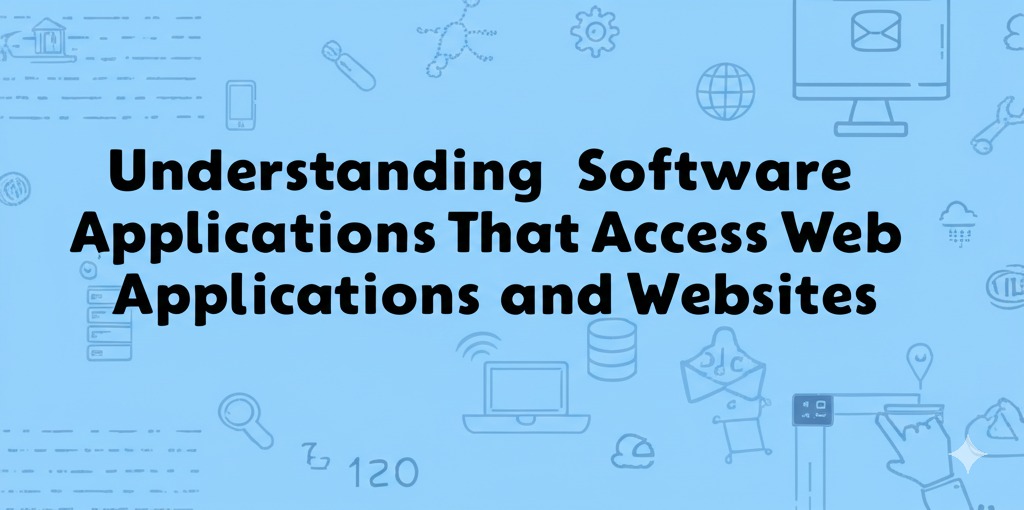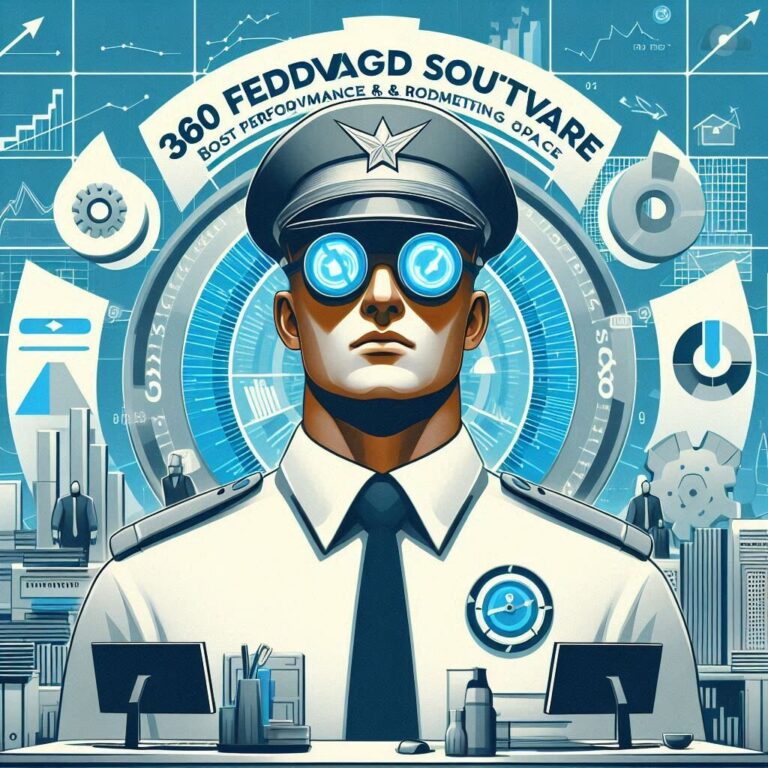Understanding Software Applications That Access Web Applications and Websites
Introduction: Bridging the Gap Between Software and the Web
In today’s interconnected digital world, the boundaries between desktop software and online experiences are blurring. Whether you’re booking flights, managing your bank account, or collaborating on a project, chances are you’re interacting with a software application that accesses web applications and websites. These tools play a pivotal role in streamlining tasks, enhancing user experiences, and enabling seamless integration between various platforms. But what exactly are these applications, and how do they work?
In this article, we’ll dive into the concept of software that accesses web-based services, exploring how they function, their benefits, popular use cases, and the key technologies that power them.
What Is a Software Application That Accesses Web Applications and Websites?
Simply put, this type of software acts as a bridge between users and online platforms. Unlike traditional applications that run locally on your computer or mobile device, these applications are designed to interact with websites and web-based services, often pulling data, automating tasks, or enhancing functionality.
Examples of Such Applications:
- Web browsers (like Chrome or Firefox)
- Desktop email clients (such as Outlook)
- API clients (like Postman)
- Automation tools (such as Selenium or Zapier)
- Mobile apps that rely on web-based backends
These applications often rely on internet connectivity and communicate using web technologies like HTTP, REST APIs, and web sockets.
Key Benefits of Using These Applications
1. Enhanced Productivity
Software applications can automate repetitive tasks by directly interacting with websites and online services. For instance, automation bots can extract data from web pages or submit forms without human intervention.
2. Improved User Experience
By providing a consistent interface, these applications simplify access to multiple web services. Think of how a password manager integrates with browsers to auto-fill credentials across different sites.
3. Centralized Control and Integration
Businesses often use these tools to centralize operations by connecting CRM systems, social media platforms, and other web tools into a single interface.
How These Applications Work: Under the Hood
Communication via APIs
Many of these applications communicate with web servers through Application Programming Interfaces (APIs). APIs allow software to send and receive data in a structured format (typically JSON or XML).
Data Parsing and Rendering
When accessing web content, the software may need to parse HTML, CSS, or JavaScript to extract information or display it in a user-friendly format. Web scraping tools and browser automation frameworks often use this technique.
Authentication and Security
Security is crucial. These applications frequently use methods like:
- OAuth 2.0 for secure user authentication
- Token-based access to maintain sessions
- SSL/TLS encryption to ensure data privacy
Popular Use Cases
1. Web Scraping and Data Mining
Companies use software to collect pricing data, monitor competitors, or gather customer reviews from e-commerce sites.
2. Automated Testing
Developers use tools like Selenium to simulate user interactions with websites, ensuring code quality and performance.
3. Cross-Platform Access
Apps like Slack or Trello offer desktop and mobile versions that sync with their web counterparts, providing a unified experience.
4. Remote Work Tools
Video conferencing tools (e.g., Zoom) or collaborative platforms (like Google Docs) rely heavily on web-based integrations to function seamlessly.
Challenges and Considerations
1. Compatibility Issues
Websites are constantly evolving, which means the software accessing them must adapt to changing APIs, HTML structures, or security protocols.
2. Performance Concerns
Heavy reliance on web interactions can lead to lag or downtime if network connections are slow or unstable.
3. Legal and Ethical Implications
Web scraping or automation must comply with website terms of service and data privacy regulations like GDPR.
Key Technologies and Tools
Programming Languages
- Python: Widely used for web scraping and automation
- JavaScript/Node.js: Common for browser-based applications
- Java/C#: Popular in enterprise-level integrations
Frameworks and Libraries
- Selenium: For browser automation
- Beautiful Soup / Scrapy: For web scraping
- Electron: For building cross-platform desktop apps with web technologies
Conclusion: Embracing the Future of Web-Integrated Software
As our reliance on web-based services continues to grow, so does the importance of software that can effectively access and interact with these platforms. From automating mundane tasks to enabling real-time collaboration, these tools are transforming the way we engage with the internet.
If you’re a developer or business looking to streamline your digital operations, exploring or building software that accesses web applications might be the next big step. The future is integrated—make sure you’re part of it.

Zain Jacobs is a writer for TheNetUse, providing in-depth reviews, tips, and insights on the latest software apps to help users maximize their digital experience.







